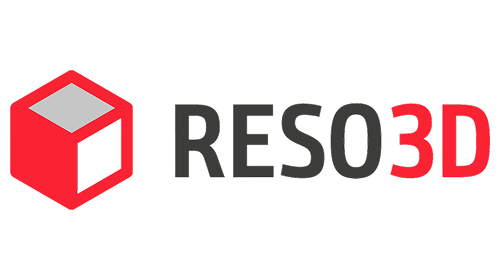
Reso3D
This project is a survey-grade geospatial analysis platform. The system automates and streamlines the process of analyzing aerial LiDAR (LAS files) captured by drones, transforming raw data into actionable insights. Traditionally, surveyors conducted field operations manually—walking the terrain, measuring with physical instruments, and recording data on-site. This method is time-consuming, labor-intensive, and error-prone. Our solution replaces these outdated methods with a digital-first, drone-powered pipeline that drastically improves efficiency, accuracy, and scalability.
Aim of the Project
Manual field surveys demand significant manpower and extended time, often constrained by factors such as weather, challenging terrain, or limited daylight hours. These surveys incur high operational costs, particularly when repeat surveys are necessary to correct human errors. Additionally, converting real-world coordinates into usable data can introduce projection and transformation errors, complicating the process. Furthermore, visualizing volumetric measurements and terrain changes is challenging when working with raw LAS files, limiting the effectiveness of traditional survey methods.
What We Did
Our software platform ingests LAS files generated from drone photogrammetry and provides a comprehensive end-to-end solution. It includes features like Point Cloud Visualization, which converts heavy LAS datasets into a web-ready Potree format for interactive inspection. The Volume Calculation Engine enables users to select areas of interest and automatically calculate cut/fill volumes with sub-meter accuracy. The platform supports Coordinate System Transformation, allowing for GCP (Ground Control Point) alignment and seamless transitions between horizontal and compound CRS while preserving full spatial fidelity. Intelligent Grid Interpolation leverages SciPy’s linear interpolation to fill in missing grid cells, enhancing the precision of volume estimates. Additionally, the Measurement and Annotation Tools enhance Potree by supporting custom polylines, colorized volumes, and real-time panning and rotating during measurement tasks. With these capabilities, surveyors can analyze terrain data remotely, perform measurements at any time, and significantly reduce labor and costs while improving accuracy and repeatability.
How We Solved Real Problems
Testimonials






